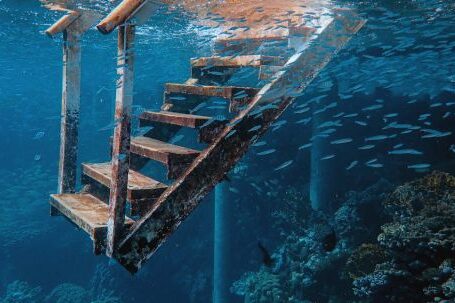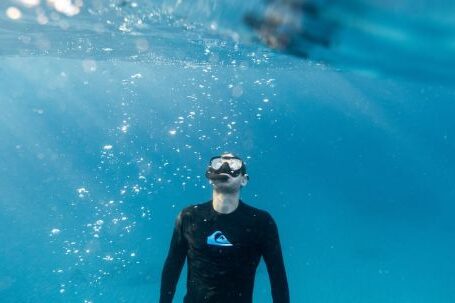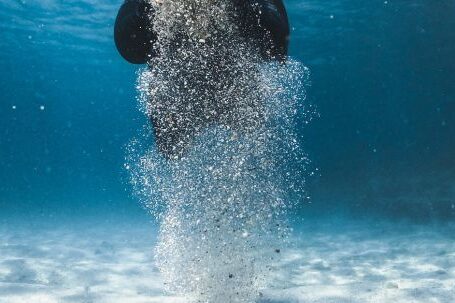Capturing the beauty and mysteries of the underwater world has long been a fascination for many individuals. With advancements in technology, both underwater photography and videography have become more accessible and popular than ever before. However, choosing between the two can be a difficult decision. In this article, we will explore the pros and cons of underwater photography and videography to help you make an informed choice.
Underwater Photography
Pros:
1. Freeze the Moment: Photography allows you to freeze a single frame, capturing a specific moment in time. This can be particularly advantageous when photographing fast-moving subjects, such as marine animals or divers. With the right equipment and skills, you can capture stunning still images that convey the beauty and uniqueness of the underwater world.
2. Artistic Expression: Photography offers a range of creative possibilities. From experimenting with different angles and compositions to playing with light and color, you can use your artistic skills to create visually captivating images. Underwater photography allows you to showcase your creativity and unique perspective on the underwater environment.
3. Versatility: Photography equipment is generally more compact and portable compared to videography equipment. This makes it easier to maneuver underwater and allows for more flexibility in choosing shooting locations. Additionally, underwater photography requires less storage space compared to videography, as individual images take up less memory.
Cons:
1. Limited Storytelling: Unlike videography, photography captures only a single moment and does not provide a continuous narrative. While a single photograph can be powerful, it may not be able to convey the full story or movement of the subject. If you want to capture a series of events or tell a complete story, videography might be a better choice.
2. Technical Skills Required: Underwater photography requires a good understanding of camera settings, lighting techniques, and composition. Mastering these technical skills can take time and practice. Additionally, underwater photography often involves the use of additional equipment, such as strobes or filters, which adds complexity to the process.
Underwater Videography
Pros:
1. Cinematic Experience: Videography allows you to capture the underwater world in motion, providing a more immersive and cinematic experience. It allows you to document the behavior and movement of marine life, creating a dynamic narrative that can engage and captivate viewers.
2. Storytelling Potential: With videography, you have the ability to tell a complete story. You can capture a sequence of events, from the initial discovery of a subject to its interactions with the environment. This storytelling potential can be particularly powerful when documenting underwater conservation efforts or exploring underwater habitats.
3. Post-Production Possibilities: Videography offers more flexibility in post-production. You can edit and combine footage, add music or voiceovers, and create a finished product that tells a compelling story. This opens up opportunities for creativity and allows you to enhance the overall impact of your underwater footage.
Cons:
1. Equipment and Storage: Videography requires more specialized equipment compared to photography, including cameras, housing, lights, and stabilizers. These additional accessories can be expensive and may require more time and effort to set up and maintain. Furthermore, videography also requires larger storage capacity, as video files take up significantly more space compared to individual photographs.
2. Skill and Patience: Capturing high-quality underwater footage is a skill that takes time and practice to develop. Videography requires steady hands, good buoyancy control, and the ability to anticipate and capture the right moments. It also requires patience, as filming underwater can be a slow and meticulous process.
Conclusion
Both underwater photography and videography offer unique advantages and challenges. Ultimately, the choice between the two depends on your personal preferences, artistic vision, and the story you want to tell. Whether you choose to freeze a moment in time with underwater photography or capture the dynamic movement of the underwater world through videography, exploring the depths with a camera in hand is an exciting and rewarding experience.





